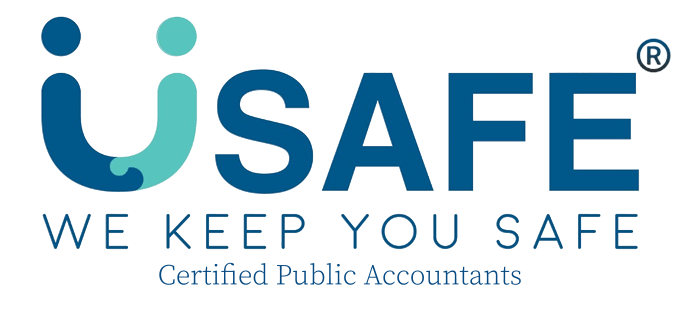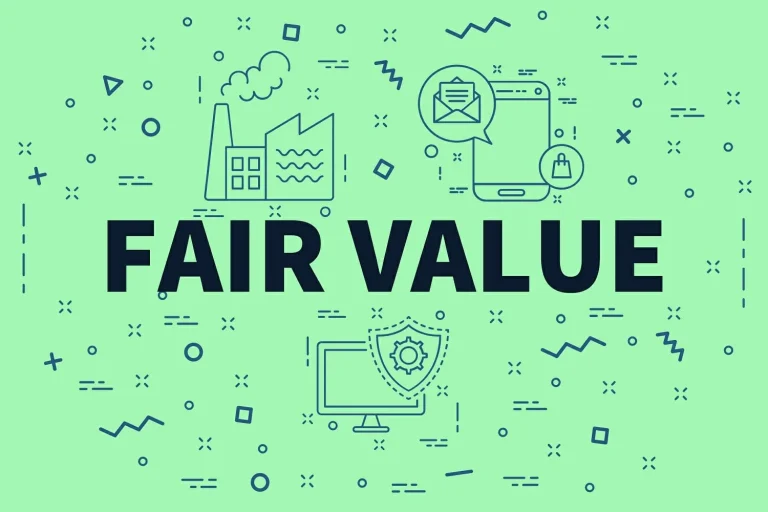Understanding Capital Allowances: What Qualifies and How to Calculate
Businesses often invest in fixed assets crucial for their operations. However, as these assets undergo wear and tear over time, their value depreciates. While depreciation is recognized in financial statements, it’s not tax-deductible. Instead, businesses can claim capital allowances for qualifying fixed assets used in their trade or business activities.
Qualifying Fixed Assets
To be eligible for capital allowances, fixed assets must fall under the category of ‘plant and machinery’ and be integral to the company’s trade, business, or profession. For instance, machinery used in manufacturing processes or equipment utilized for packaging goods qualifies for capital allowances. However, assets acquired solely for donation purposes or those specifically prohibited under tax laws, like private passenger cars, do not qualify.
To further clarify, ‘plant and machinery’ refers to assets that aren’t part of trading stock, are essential for business activities, and aren’t part of the premises where the business operates.
Methods of Calculating Capital Allowances
There are several methods businesses can use to calculate capital allowances:
1. 100% Write-Off in 1 Year [Sections 19A(2) and 19A(10A)]
Prescribed automation equipment, commonly claimed, includes computers, laptops, printers, and computer software. You can find the full list of prescribed automation equipment for claiming capital allowances. In addition, company has the option to write off low-value assets within one year. However, the total claim for a 1-year write-off of all low-value assets must not exceed $30,000.
A low-value asset is defined as one that costs $5,000 or less. Additionally, an asset acquired under hire purchase terms qualifies for the 1-year write-off on the instalments paid in any YA if its original cost does not exceed $5,000.
2. Write-Off Over 2 Years:
As announced in Budget 2023, Businesses have the option to accelerate the write-off over two years for assets acquired during specific basis periods. This aims to support businesses investing in new assets and improve cash flow. Rates for accelerated capital allowances typically involve writing off 75% of the cost in the first year and 25% in the second year.
Under this option, no deferment of capital allowance claim is permitted. The write-off over 2 years is discretionary. Your company can still choose to claim capital allowances over 1 year, 3 years, or the prescribed working life of the asset.
3. Write-Off Over 3 Years
Alternatively, your company may choose to write-off all assets that qualify for capital allowances over 3 years. Meanwhile, the annual allowance equal to one-third of the asset’s cost each year.
4. Write-Off Over the Prescribed Working Life of the Asset
Capital allowances can be claimed over the asset’s prescribed working life, determined by the Sixth Schedule of the Income Tax Act. This offers flexibility, allowing businesses to select a working life of 6, 12, or 16 years, depending on the asset’s category and acquisition period.
If the asset’s prescribed working life is 12 years or less, your company can choose to claim capital allowances over either 6 or 12 years, but this choice is irrevocable. However, for assets with a prescribed working life of 16 years, your company may select to claim allowances over 6, 12, or 16 years, and this decision is also irrevocable.
Deferring capital allowances in two main scenarios:
1. Loss Position:
When the company is experiencing losses, it may choose to defer claiming capital allowances. Despite being in a loss position, companies have the option to claim capital allowances instead of deferring them. Company can carry forward any unutilized capital allowance to offset against income in subsequent years. However, this is subject to meeting certain criteria like the shareholding test and business continuity test.
2. Tax Exemption for New Start-Up Companies:
Newly established companies that qualify for tax exemptions may also defer capital allowances. However, similar to companies in a loss position, they have the option to claim capital allowances instead of deferring them. Unused allowances can still be carried forward for set-off against future income, provided they meet the necessary criteria.
Conclusion: Making the Right Choice
When choosing how to calculate capital allowances, businesses must consider cash flow, tax strategies, and asset characteristics. Some prefer immediate deductions for cash flow, while others spread them over time to match asset life.
Businesses must comply with tax rules and make informed decisions, as choices can be irrevocable. Understanding allowances and selecting the right method can impact tax position and financial performance. Effectively using allowances can optimize tax liabilities and resource allocation, promoting growth and profitability.
Disclaimer: This article is for informational purposes only and does not constitute any professional advice. Feel free to contact us to consult with our professional advisors team for personalized advice and guidance.






